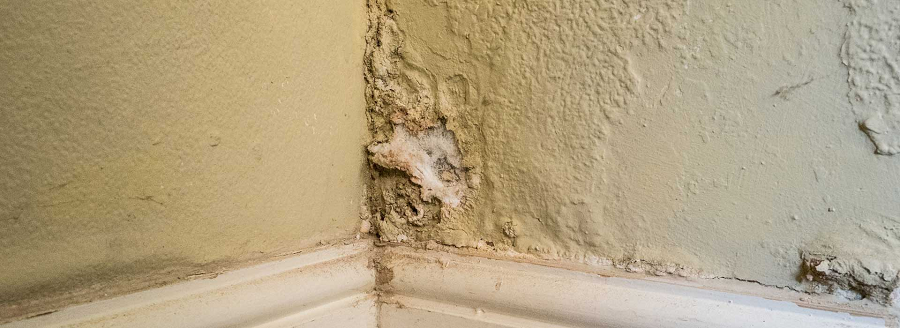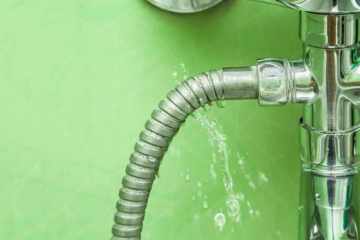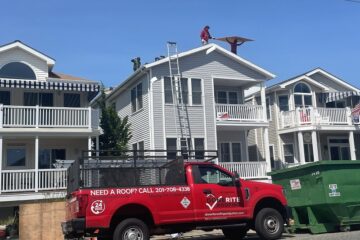4 Monsoon Problems Your House Face

The house we live in is supposed to shelter us from the outside world. Be it rain, dust or noise. Making living comfortable within those four walls is all we want from our homes. However, a few years in the house and the cracks start to show. Both figuratively, and literally. Weather is a big factor in this. Simply using a “weather-proof-paint” is not good enough. When we see a fault, we look online for a quick fix. Websites like clickhowto over so many DIY tricks. But there are some monsoon damages, only a professional can give you a permanent fix to. Here is what you should look out for:
1. Penetration Damp
Post monsoon, or because of unkempt surroundings, you might face this issue at your home or workplace. The penetration damp or the lateral damp is a condition when moisture particles make their way into the walls, roof or floor of the building. If not treated as soon as spotted, this could denture the structural integrity of the building. They could also lead to the formation of Mould that could make your space unhygienic for living. A room infested by penetration damp will often have a pungent odor and the walls will feel unusually cooler.
The Fix:
You will need a professional to check the affected area for a problem point. Once the source of the dampness is located, the appropriate fix can be understood.
2. Rising Damp
When it comes to damp proofing solutions, this is one of the most stubborn problems to fix. This form of water damage is caused upward from the floor. Once collected on the floor level, it moved upwards along the walls of the building. These are harder to treat as the problem points might be concealed in under tiles, flooring or carpet. The timber that supports your structure can be affected by the damping. If left untreated, it can also lead to rotting.
The Fix:
The effective way to fix rising damp is by using a floor injection. You can reach out to a professional for this, to make sure no problem areas are missed. Since it’s the floor in question, a thorough survey is key.
3. Condensation
Just like a cold beverage form little droplets of water, your house can also be venerable to the change in temperature. The science behind condensation states that when warm air comes in contact with any cold surface, it forms small droplets of moisture on the surface. The same works on the walls of your house. Because of the difference in the temperature, when the air touches a cold wall, a metal case or a mirror etc, they form tiny moisture droplets. These might seem like a small issue but can snowball into damp walls if left un-noticed.
The Fix:
Condensation can be avoided by installing moisture eliminators around your homes. Make sure you keep all rooms well ventilated and free of clutter. When you see signs of condensation, make sure you increase the room temperature.
4. Woodworm
Post monsoon, it is easy to ignore the condition of your house. What might look healthy on the surface, could be ridden by moisture at its core. Sometimes you might an expert on damp proofing solutions to spot these hidden problems called Woodworms. In pockets where there is a settlement of moisture, it increases the chanced of woodworm to lay its eggs. They require those very conditions to grow. Once they reach a substantial size, they tend to feat on the wood. Some even penetrate deep into the surface and become hard to detect if neglected for long periods of time. They get their nutrition from the wood and the dampness makes it a perfect living condition.
The Fix:
There is no sure way to get rid of these without the use of chemicals. They can be potent and you might want to seek an expert for some help. When you first install wooden structures, make sure to get them treated to avoid this problem in the future.
Water might be an essential part of living, but it can also cause some of the adverse effects and a series of damp proofing solutions. All of these problems can be fixed if caught in an early stage. They can be completely avoided by giving special attention to your walls and floor and keep hiring an expert to do route checks of your property.




